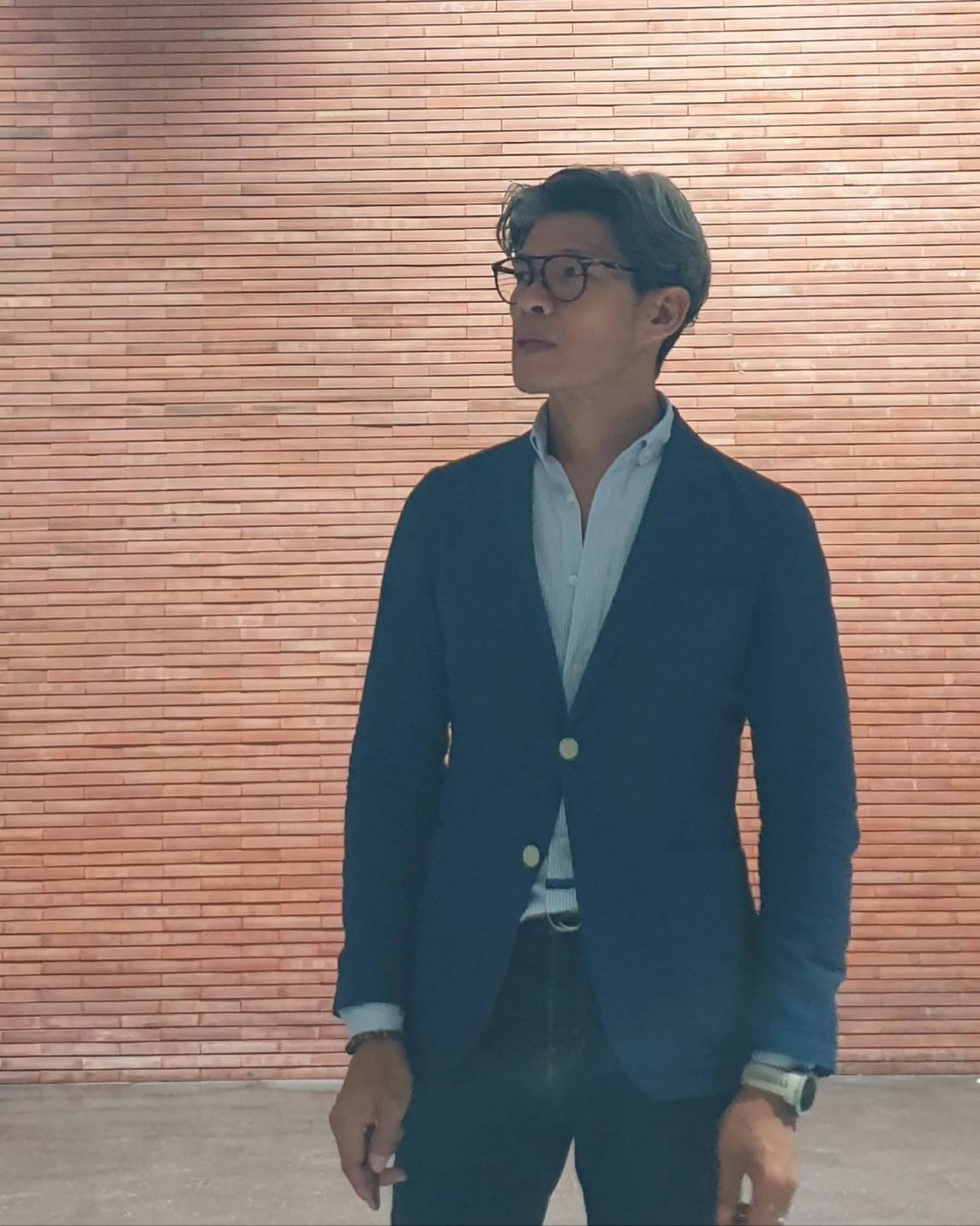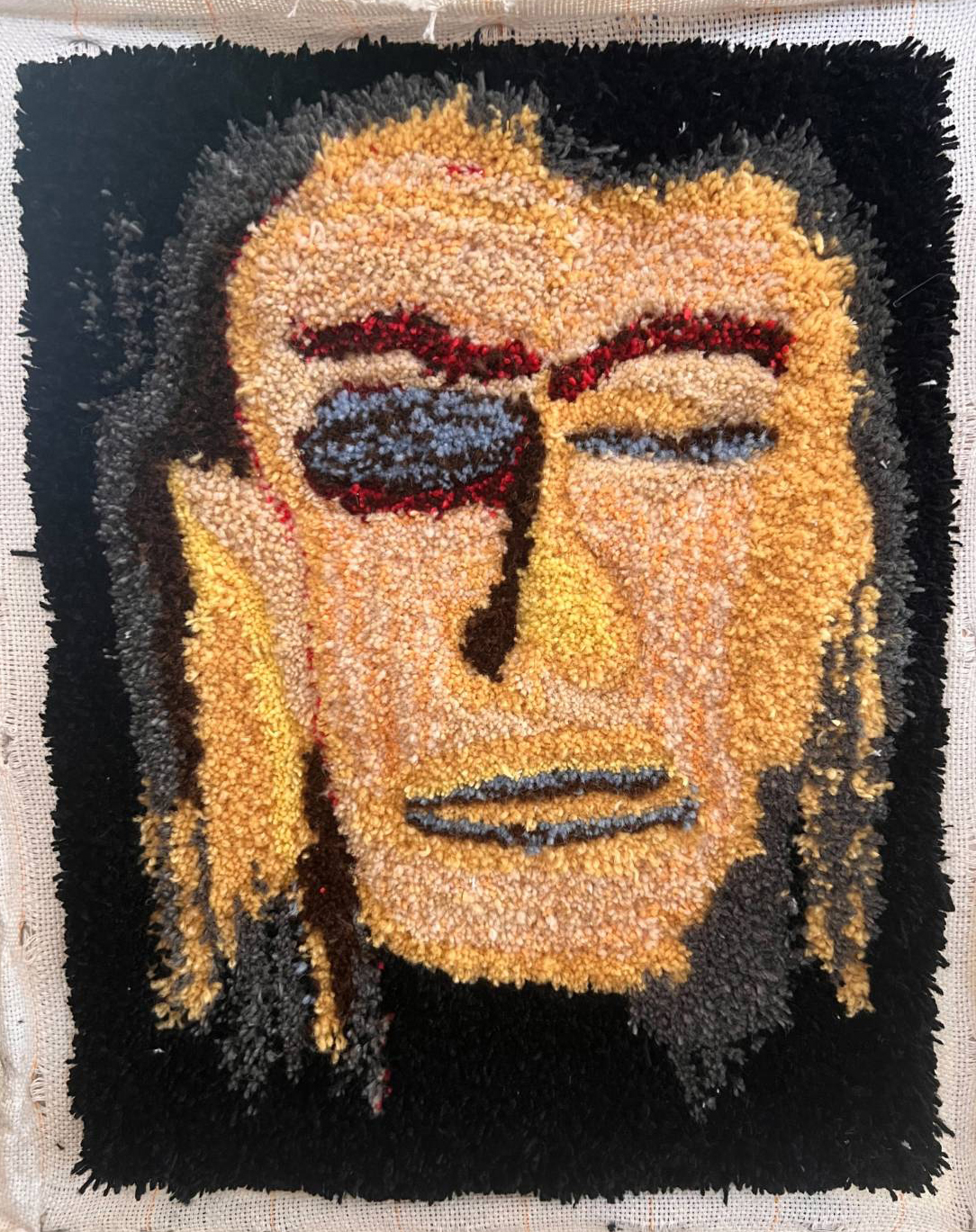
Mr. Prarunrop Prueksopee

Abstract :
Nowadays, the social trends had been changed quickly and were continually changed with the times. Humans were constantly forced to change and compete. There was not any seat to rest for this competition. They needed to be recognized and accepted by the society. They would like to fulfill the role of respectable profession, accumulate wealth, and maintain appearance following the society’s beauty standards. Many people were forced to exist this game unconsciously. Some of them always succeeded in every field they pursued and made very effort to avoid mistakes. They strived for a perfection and sought completeness without imperfections. Yet, human often forgot that true completeness did not actually exist. They attempt to conceal their true selves and mistakes in order to conform to societal ideals of perfection. Many of them hide their imperfections behind the masks, created for themselves, enduring the endless agony of trying to meet societal standards, which may lead to suffering and pain. Today, many of us tried to compare ourselves to others through various platforms in the internet-dominated world, where we witnessed numerous successful individuals, attractive faces, and wealth displayed, showcasing only the aspects that everyone must be perfect in. However, little did we know that everyone in this world was not perfectly equipped in every aspect. They might be a fragment showing that they did not have any flaws and conceal their weaknesses. This included the creators of work and could observe the people around them with the experiences, which could encounter these realities. Therefore, this became a driving force for creators to convey artistic perspectives through distorted portraits that reflect imperfection, using the technique of Tufting Gun Art combined with contour drawing. This artwork served as a mirror reflecting the fact that no human was perfect and having flaws was a common aspect of being human.
Objectives :
Purposes of Creating Artworks were as follows
- To reflect the current changing values, that leaded humans to compete and strive while trying to conceal their weaknesses to gain acceptance from others in society. This includes both external and internal appearances, professional responsibilities, and family roles, all driven by the desire to be seen as perfectionists. Many individuals were facing pain and discomfort from adapting themselves to meet societal standards and might even diminish their own self-worth due to these changes. The reality showed that every human had imperfections and was not flawless. By portraying beauty through imperfections, it normalized the idea that having flaws was ordinary and helped viewers recognize their true self-worth beyond societal standards. This fostered self-acceptance and prevents the erosion of one’s own self-value.
- To be used as decorative household items by applying the technique of carpet tufting gun art to create artworks instead of paintings or photographs, enhancing the interior of the house to be more aesthetically pleasing.
- To create artworks that stimulated viewers’ perspectives, interpretations, and imaginations, encouraging diverse viewpoints to appreciate the beauty which was subjective.
Conceptual Framework :
- Terms of content scope, Our Facial artwork was created to communicate stories of human imperfections, which were ordinary aspects of humanity. It conveyed Our Facial artwork through a blended technique to depict narratives of current societal values wherein humans underwent rapid changes, leading to dissatisfaction and stress from the pressure to compete for a perfect life. It portrayed artworks from imperfect faces.
- Terms of design, Our Face artwork was inspired by studying the creator’s face through observation and exploration of his own face. Imperfections on the face served as blueprints for creating this artwork. The creator employed techniques such as tufting gun art and contour drawing, focusing on using contrasting colors like orange-blue, vibrant colors, and emphasizing emotions rather than precise anatomical structures. This approach served as a guideline for creating innovative mixed-media artworks.
- The usage opportunities and target audience, Our Fae artwork was created to be used as wall decorations instead of traditional wall paintings or photographs. It suited to people who appreciated mixed-media artworks and those interested in creating and collecting art pieces.
Process / Methodology :
The process of creating and studying Our Face art began with researching relevant information by studying techniques such as Tufting Gun Art, also known as the art of using a tufting gun, as well as different types of tufting materials to incorporate into artwork, and technique of Contour Drawing to observe and analyze the creator’s face as models for artworks. After researching the relevant information, the process was to design and sketch the outline using the Contour Drawing technique on Monks cloth. Then, the Monks cloth would be analyzed the material to be used in each detail for the Tufting Gun Art technique. The creator experimented with tufting gun tufting on both the left and right sides of the fabric to develop the final artwork. Once he had mastered the technique through experimentation, he began the process of creating the actual artwork. The first step involved sketching the image onto the fabric to be tufted. he then used the tufting gun to tuft the fabric, layering each color until complete. Finally, he glued, trimmed, refined, and framed the artwork to completion.
Techniques and Materials :
The first step in preparing equipment for Our Face artwork were as follows: sketching tools or pens for outlining the facial images, photographs of the creators’ faces, Monks cloth for tufting, dimensions 8-ply, colors; red, black, gray, yellow, orange, and brown, tufting gun, glue, scissors and picture frame.
It began by sketching the image as a guideline for the tufting process to create Our Face artwork, utilizing a contour drawing technique that focused on capturing the intricate details observed on the small features of the face. The creator drew it continuously for keeping his gaze fixed on the reference photo without looking at the fabric being drawn upon. By drawing without lifting the pen or pencil, the lines might appear more curved and irregular compared to conventional drawing methods. This method relied solely on tactile sensations involving the brain, eyes, and hands to create detailed yet imperfect lines contributing to the overall artistic expression. The creator integrated the contour drawing technique with the tufting gun art, which utilized a tufting gun as the primary tool in designing Our Face artwork. Employing the loop pile method without cutting the tufting material ensured that the surface maintained an uneven texture, resulting in a unique and distinctive appearance. It tufted from the bottom to the top of the image using 8-ply tufting material, aligning the tufts precisely along the outlined contours and filling each section with the designated color diligently. Upon completing the tufting process, the creator applied glue to secure the tufting in place across the artwork, ensuring that the tufting remained firmly attached to the fabric. Once the glue had dried completely, the creator trimmed any excess fabric from the edges of the artwork using scissors, resulting in a neatly finished piece. Finally, the creator placed it into a picture frame to serve as a decorative accessory after trimming its surface.
Result / Conclusion :
The artwork titled “Our Own Face” was intended as wall decoration for the home interior. It was a single piece designed to stand out using contrasting colors to create prominence and allure, evoking emotions in audiences. This artwork utilized the Tufting Gun Art technique and Contour Drawing to create a piece that showcased the disproportionate and twisted lines of the face, rather than focusing on realistic tufting of facial features. This approach aimed to differentiate the artwork from typical human facial representations, highlighting the imperfections inherent in humanity through the faces depicted in the artwork. This artwork reflectก how humans often concealed their true selves from others and strive being someone they were not, in an attempt to fit in. It promoted the creation of a new societal norm where imperfections were admired, and viewing imperfection as normal. It aimed to raise awareness among viewers that imperfection was not inherently negative. What was truly detrimental was diminishing one’s self-worth and dissatisfaction with oneself, which could lead to psychological impacts and the exhausting pursuit of societal standards. In reality, the differences could become unique attributes that stood out. Everyone could create value from his imperfections.
References :
Wich, N. (2020) Imperection in Aesthetic [Master’s thesis, Silpakorn University]. Tuwhera. http://ithesis-ir.su.ac.th/dspace/bitstream/123456789/3163/1/620120027.pdf.
Pimrat, P (2017) The valves in society that affect in the imitation of humans [Master’s thesis, Naresuan University]. Tuwhera. https://nuir.lib.nu.ac.th/dspace/bitstream/123456789/4413/1/PimratPimpapron.pdf.
Thitikorn, P. (2018) Nobody’s perfect and no need to be perfect. https://www.workingtrribes.com/post/nobodyperfect.
Salinda, M. (2023) Tufing gun art. https://medium.com/@salinda.up/tufting-gun-art-26cg9697038f.
Viridian. (2019) Contour Drawing. https://viridian-academy.com/news/contour-drawing.